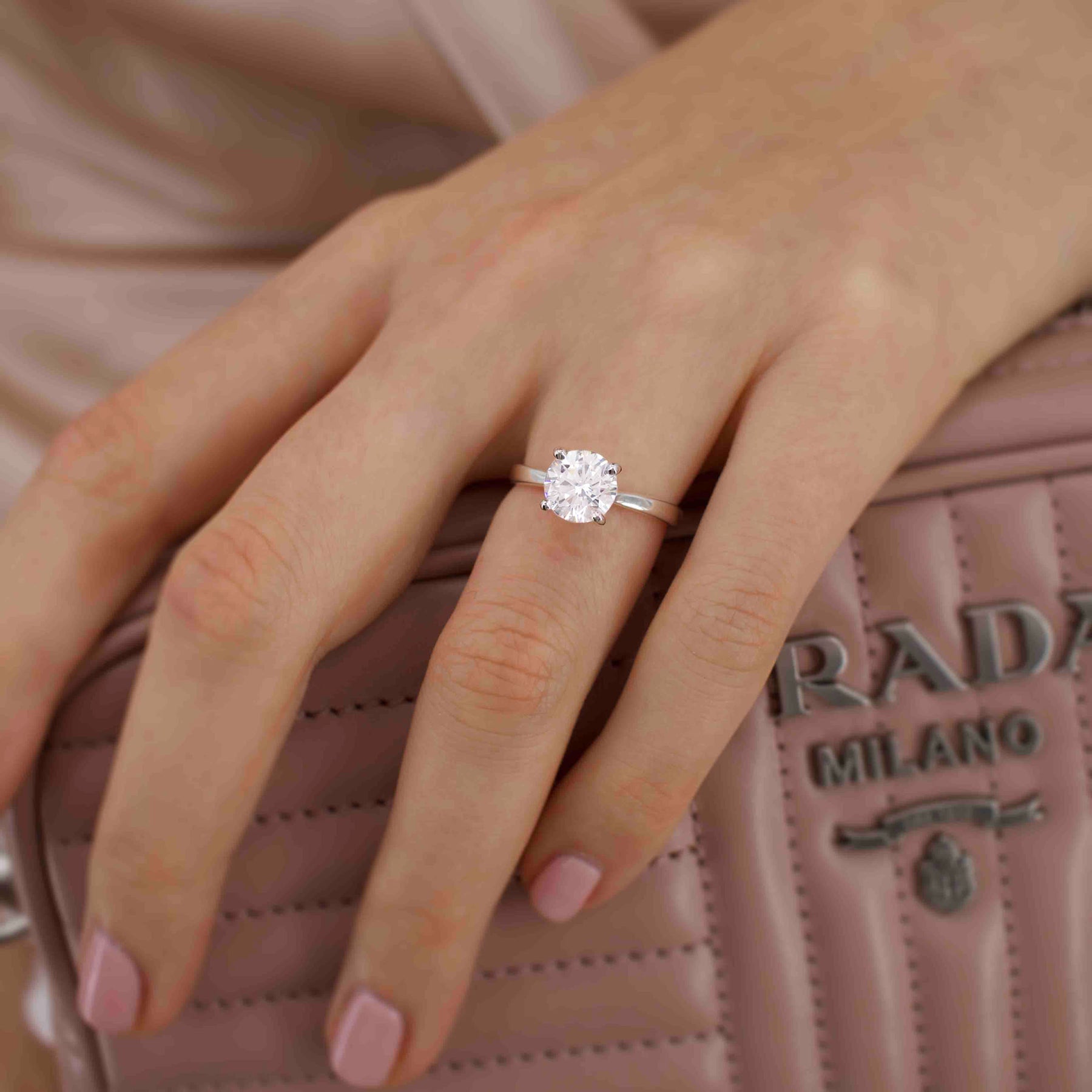Victorian engagement rings are not only symbols of love and commitment but also fascinating pieces of history that reflect the aesthetics and values of the Victorian era. Understanding how to identify and authenticate these exquisite rings can enhance their allure, making them a treasured part of any jewelry collection. This guide delves into the characteristics, materials, and styles of Victorian engagement rings to help you appreciate and recognize their true beauty.

The Victorian Era: A Brief Overview
The Victorian era, named after Queen Victoria, spanned from 1837 to 1901. This period was marked by significant social change, technological advancement, and an emphasis on personal expression through art and jewelry. Engagement rings from this time were designed with great attention to detail, incorporating symbolism and romantic motifs that were reflective of the prevailing cultural sentiments.
Key Features of Victorian Engagement Rings
When it comes to identifying Victorian engagement rings, several key features stand out:
1. Metal Types: Victorian engagement rings were commonly made from gold, silver, or a combination of both. The use of gold, particularly rose gold, became increasingly popular during this time due to its warm hue and durability. Silver was often used in more ornate designs, especially for rings featuring intricate metalwork.
2. Gemstones: The gemstones used in Victorian engagement rings varied significantly. Diamonds were the most coveted, often set in intricate arrangements. However, colored gemstones like sapphires, rubies, and emeralds also gained popularity, as they added a personal touch to the rings. During the mid-Victorian period, the use of synthetic stones became more common, making it essential to verify the authenticity of gemstones in older pieces.
3. Design Elements: The design of Victorian engagement rings can be categorized into three distinct periods: Early Victorian (1837-1860), Mid-Victorian (1860-1880), and Late Victorian (1880-1901). Each period had its own design trends, from the delicate, nature-inspired motifs of the Early Victorian period to the more elaborate and ornate styles of the Late Victorian era. Look for features like floral patterns, bows, and intricate engravings that can help pinpoint the era of a ring.
Identifying Victorian Engagement Rings
To accurately identify a Victorian engagement ring, consider the following steps:
– Examine the Hallmarks: Many Victorian rings were stamped with hallmarks indicating the metal’s purity and the manufacturer’s mark. Familiarize yourself with the hallmark system used during the Victorian era, as this can provide valuable insight into the ring’s origin and age.
– Assess the Gemstone Quality: Authentic Victorian engagement rings often feature high-quality gemstones with unique cuts and settings. Inspect the clarity, color, and cut of the stone. A well-cut diamond or gemstone will have a brilliant sparkle and show no signs of modern cutting techniques.
– Study the Setting: Victorian rings often feature intricate settings that showcase the stone. Look for prong settings, bezel settings, or even cluster settings, which were popular during this time. The craftsmanship of the setting can often reveal a lot about the ring’s age and authenticity.
Authenticating Victorian Engagement Rings
Authenticating a Victorian engagement ring can be more complex. Here are a few tips to ensure the ring is genuine:
– Consult an Expert: If you’re unsure about the authenticity of a ring, consider seeking the help of a qualified jeweler or appraiser specializing in antique jewelry. They can provide a detailed assessment of the piece and confirm its age and origin.
– Research Provenance: If possible, trace the history of the ring. Documentation, such as previous appraisals or receipts, can help establish its authenticity and value.
– Compare with Similar Pieces: Examine other authentic Victorian engagement rings for comparison. Look for similarities in design, material, and craftsmanship. This can help you identify whether your ring aligns with the characteristics of true Victorian jewelry.
Conclusion
Victorian engagement rings are more than just beautiful pieces of jewelry; they are tangible connections to a rich historical era. By understanding the key features and characteristics of these rings, you can confidently identify and authenticate them, ensuring that you appreciate their beauty and history to the fullest. Whether you’re a collector, a jewelry enthusiast, or simply seeking the perfect engagement ring, knowledge of Victorian styles can guide your journey through the enchanting world of antique jewelry.